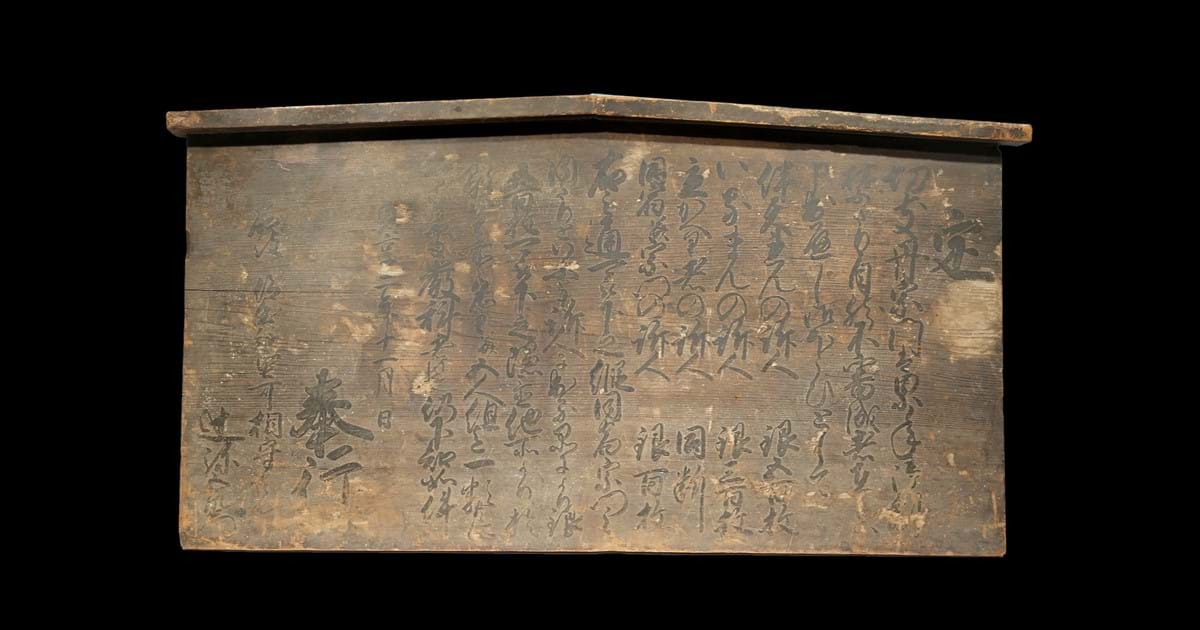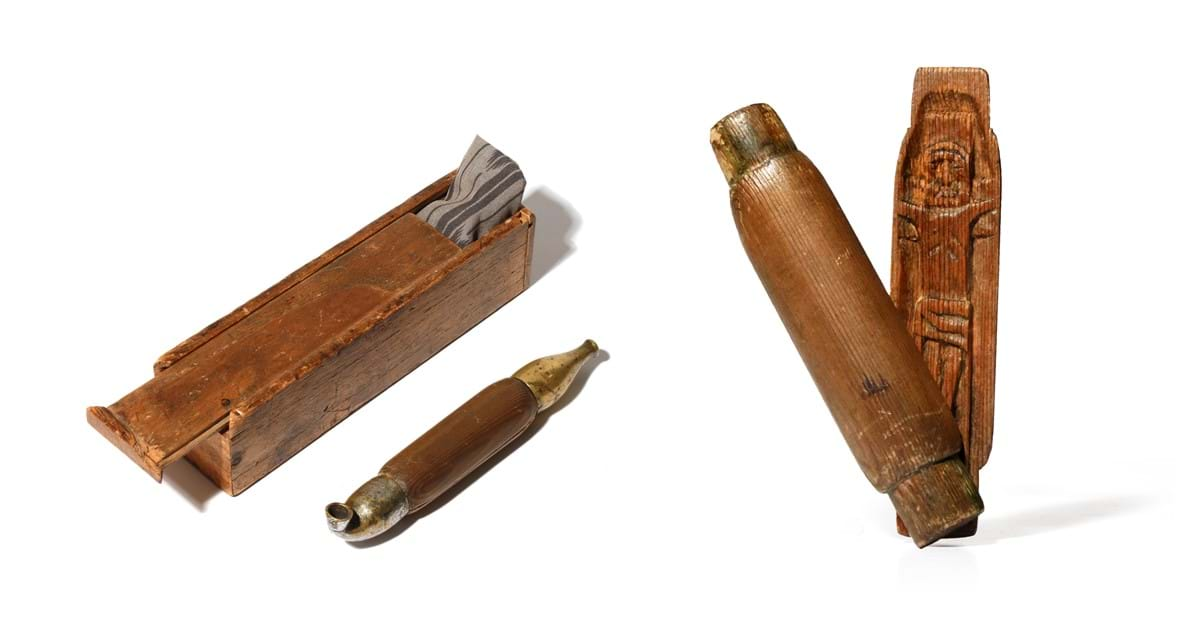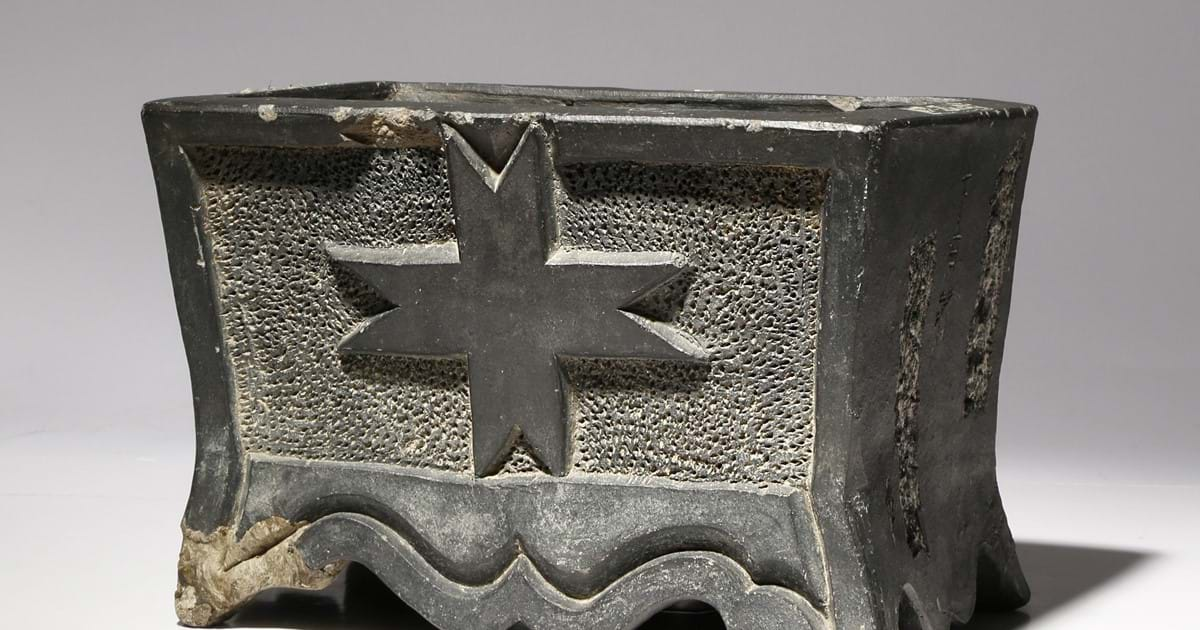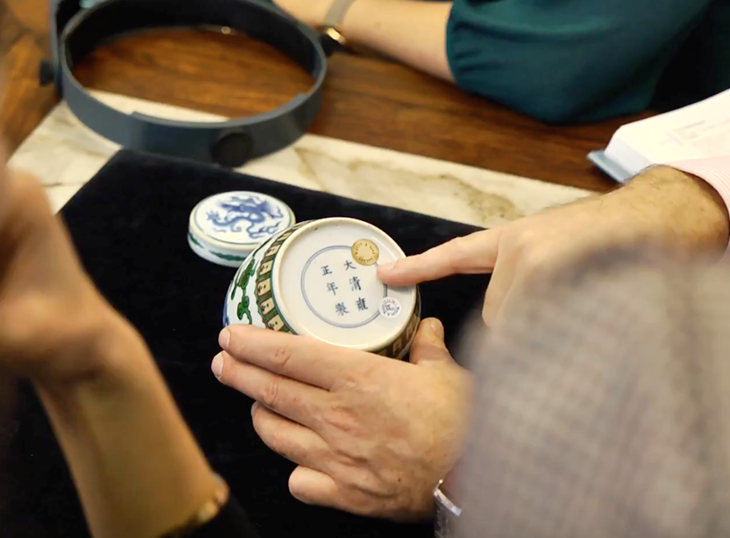The Silent Living
5th November 2019Artefacts that tell the real story behind Martin Scorsese’s 2016 box office hit Silence are being sold at auction in Salisbury on 12th November.
The movie adaptation of Shῡsaku Endō’s 1966 novel relates a tale of Christian persecution in 17th century Japan – persecution that continued in the country for several hundred years.
Christian missionaries first arrived in Japan in the 1540s and the religion initially flourished, with several hundred thousand converts and hopes that trade relations with Spain and Portugal would be improved. However, by the end of the 16th century Christianity was beginning to be viewed as a threat, edicts were issued to ban the religion in 1565 and 1568 (to little effect), and 26 Catholics were crucified in Nagasaki on 5th February 1597. The religion was formally banned by the Tokugawa shogunate (the Japanese military government) in 1620 and the religion ceased to exist in public life.
Despite this, Christianity continued in Japan in secret throughout the Edo period and four lots being sold in the Japanese Works of Art auction at Woolley and Wallis reveal the threat of persecution that these Eastern Christians lived under until the ban was lifted in 1873.
A rare survival in the sale is a wooden sign board, dated to 1685, bearing a long inscription prohibiting Christian practices and offering a reward to anyone assisting in the capture of practising Christians. Rewards varied depending on the seniority of the figure captured but went up to 500 pieces of silver for a Christian priest. As the signs were kept outside not many exist today, but a near identical example is in the collection at the British Museum and has featured in many worldwide exhibitions over the last 20 years. The example at Woolley and Wallis carries an estimate of £3,500-4,000.
The Kakure Kirishitans (or ‘Hidden Christians’) disguised their objects of worship with Buddhist iconography (an 18th century bronze cross included in the sale bears a central figure of Amida Buddha) and adapted everyday objects. An 18th century pipe in the sale would probably smoke badly, since the stem opens into two halves, revealing an image of Christ on the cross.
That such objects should have survived centuries of persecution and been carefully handed down from believer to believer makes them rare reminders of this dark period in Japan’s history.
For more details of the Japanese Works of Art auction in 12th November please click here.





